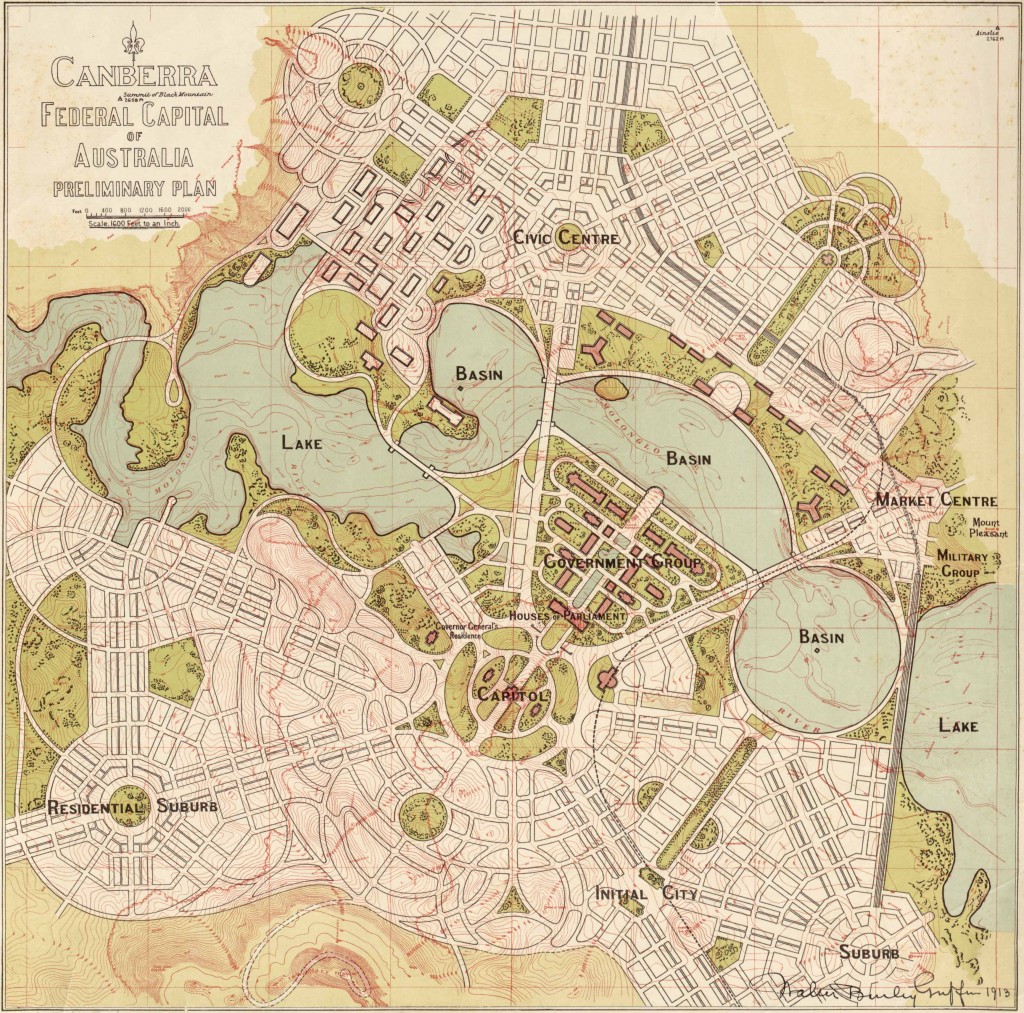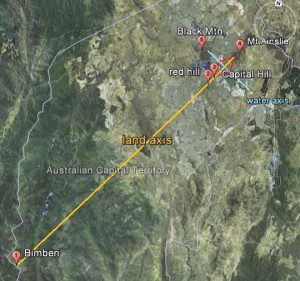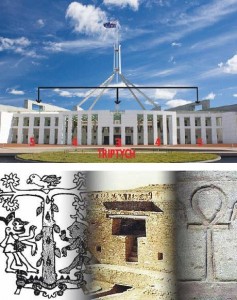| Online: | |
| Visits: | |
| Stories: |

| Story Views | |
| Now: | |
| Last Hour: | |
| Last 24 Hours: | |
| Total: | |
Cracking the Canberra Code
27th October 2014
By Trevor Ward
Guest Writer for Wake Up World
Australia’s capital and Parliament House are encoded with esoteric symbolism, hidden in plain sight.
What are the secret meanings and what purpose does it really serve?
Cracking the Canberra Code
As a background for those unfamiliar with the Australian Capital Territory (ACT), it is located in New South Wales (NSW), 280 km southwest of Sydney, with the city officially named Canberra on 12 March 1913 by Lady Gertrude Denman, the wife of the then Governor-General of Australia. The ceremony took place on Kurrajong Hill, which has since become Capital Hill. The indigenous word Kurrajong means ‘beautiful tree’.
The origin of the word ‘Canberra’ is a matter of dispute. Possibly it comes from the indigenous wordNganbira, a phonetically anglicised version meaning ‘the hollow between a woman’s breasts’. This clearly describes Canberra as a plain between the mountains, probably Mt. Ainslie and Black Mountain. There are other variations to the origin including Camberri, Nganbri and Kamberra, all of which mean ‘a meeting place’.
According to Steven Guth in his article ‘Canberra: Its Geomantic Realities’, the capital has interesting geology of a limestone plain riddled with caves, caverns, sinkholes and a large water mound.
A competition was held for the building design of the new Parliament House, the winner a New York based architectural firm by the name of Mitchell/Giurgola. The onsite works were directed by Italian born architect Romaldo Giurgola (who now resides in Goulburn, NSW) with a design burying most of the building under Capital Hill, capped by an enormous spire holding a large flagpole. The design encompasses two opposing boomerangs that symbolise open arms and the facade includes some elements of the old Parliament House.
Construction on Capital Hill commenced in 1981, and was intended to be ready for Australia Day on 26 January 1988, the 200th anniversary of European settlement in Australia. Finally the building was opened on 9 May 1988 by Queen Elizabeth II.
A Geomantically Encoded Design
Much of the original ground layout of the parliamentary site is the work of Sir Walter Burley Griffin and his wife Marion, both originally from the United States. Walter was an advocate of design in harmony with nature, while Marion an accomplished artist influenced by mysticism and spirituality.
Their final design, dated 1913, is based on ancient geomantic principles, with the layout oriented in a cross-shaped axis with five mountains (see Figure 1). The north–south ‘land axis’ stretches from Mt. Ainslie to Capital Hill to Red Hill to Bimberi Peak, while Black Mountain forms the east-west ‘water axis’, thereby creating two equilateral triangles with one tip on top of Capital Hill and the other on top of Mt. Ainslie. Of course, the three internal angles of an equilateral triangle each equal 60° (or 60°-60°-60°).
There is a further numerical connection here, with the compass bearing of the land axis pointing south at exactly 216° (or 6 x 6 x 6 = 216). Moreover, each sign of the zodiac spans 2,160 years, which is also the approximate diameter of the Moon in miles. In addition, 360 − 216 = 144, the number in the Gematria for ‘divine light’. A check of a Canberra street map reveals that one leg of the parliamentary equilateral triangle is 2,880 metres in length. This means that each equilateral triangle has a perimeter length of 8,640 metres, while the ‘bringer of light’, the Sun, has a diameter of approximately 864,000 miles. This demonstrates some of the cosmological ideas at play in the design.
In Peter Proudfoot’s book The Secret Plan of Canberra, he points out that the double ring around Capital Hill is consecrated space and therefore the site is of a templum (temple).
Not mentioned in his book is the fact that the facade of the building (Figure 2) has a cut-out ‘T’ with the Coat of Arms inside it. This ‘T’ is a Tau symbol representing the temple. In the culture of the Maya, this symbol is the Sacred Tree (Te) (as in Figure 3) and the axis mundi, or centre of theworld.
[FACEBOOK]: http://www.facebook.com/joinwakeupworld (An interactive community of over 1,100,000)
[PINTEREST]: http://pinterest.com/wakeupword/
[TWITTER]: http://twitter.com/joinwakeupworld
[YOUTUBE]: http://www.youtube.com/joinwakeupworld
[GOOGLE PLUS]: https://plus.google.com/112452105795129310867/posts
[WEBSITE]: http://wakeup-world.com






